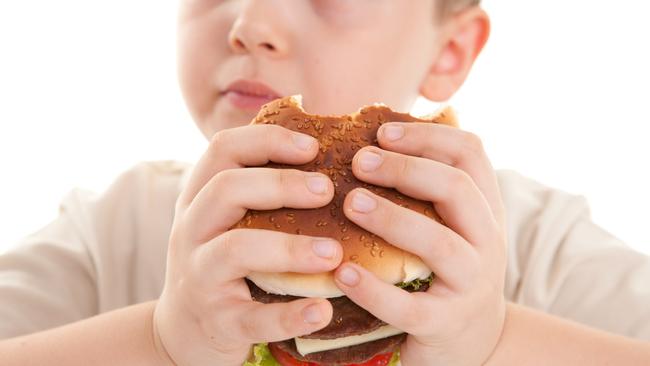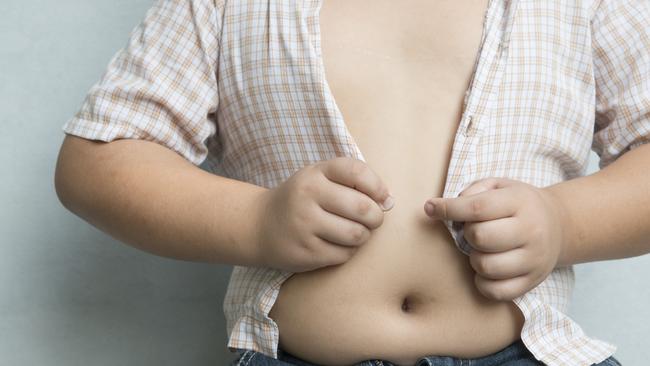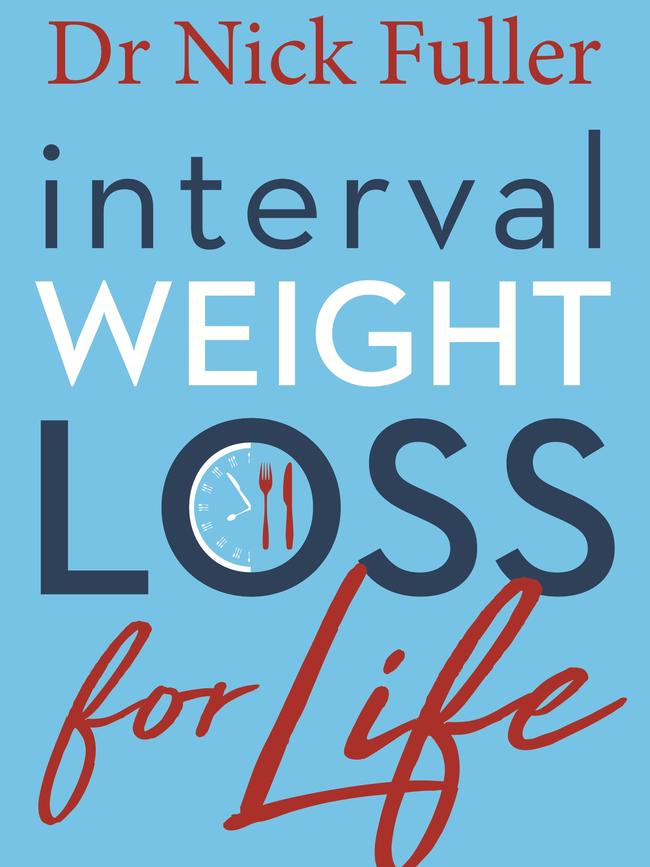Dr Nick Fuller: Why it’s time to take control of your child’s weight
The global analysis of childhood obesity has just been released and it saw Australia come in at a grim 32nd out of 49 of the world’s rankings. Our kids are struggling with their weight. It’s time to do something, writes a Sydney obesity doctor.
The global analysis of childhood obesity has just been released and it saw Australia come in at a grim 32nd place of 49 countries, attaining an embarrassing D minus for levels of physical activity.
In fact, it was much the same story in the 2014 and 2016 reports, meaning that there has been no change in children’s overall physical activity levels.
And it’s a large reason why the prevalence of childhood obesity in Australia looks so bleak.
Here are three things we can learn from these latest findings:

RELATED HEALTH NEWS:
Dr Nick Fuller: It’s true! Diets are making you fat
Ditching five foods key to weight loss
Have celebrities finally come to terms that diets don’t work?
1. Government strategy and investment
Just like previous years, the government has yet again failed to fund a national physical activity plan. There has not been adequate federal funding and there is no clear strategy.
Minister Hunt recently highlighted the appalling waste of tax payer money with the ‘Girls Make Your Move’ campaign. He had quite wrongly been advised to promote a government physical activity campaign using social media influencers — young females that are unqualified, unregulated and uninterested in anything but personal gain.
Evaluations of this campaign show that it hasn’t worked and worse still, social media is full of misleading, unrealistic and unhealthy advice which results is an obsession with body image, and consequently adoption of damaging lifestyle behaviours, which only contributes to the very problem it proclaims to solve.
There needs to more education from the government on the importance of getting active, but this must be targeted at both genders, not just females. More and more children are watching TV and using technology, so targeted advertisements promoting activity and the important of exercise would be money better spent.

2. Active transport
Australia have become ever so reliant on motor vehicles, to the point that the long-established culture of walking everywhere has been forgotten. This is despite the encouraging finding that parents report having good roads and footpaths in their neighbourhood, and access to close and regular public transport, which is an improvement from previous years.
We can learn a lot from countries that scored higher on this report — ones where incidental physical activity is still part of everyday life. Japan is one such country that has been able to continue their long-established culture of walking to school, prioritising active transport over other modes of transportation.
Since there is no single person, organisation, sector or group that can shift the sedentary culture of our nation, parents and teachers need to collaborate to chaperone and lead walking to and from school initiatives, to help ensure safe and active environments.

3. Physical fitness
It seems as though we have forgotten our national physical activity guidelines. Those aged 5 to 17 years of age should be doing 60 minutes of structured activity every day and this should include muscle and bone strengthening activities on at least three days per week. Kids need to puff, for example, all those games we used to play, like hopscotch and running around the playground. But, fewer than 15 per cent of 13 to 17-year olds are meeting this goal and it’s not much better for our children (five-12 years).
Consequently, kids are seeing a decline in physical performance and muscular fitness. They cannot jump as far as kids 30 years ago — they don’t even come close when assessed by a standing long jump.
Schools have a role in allowing all children to meet the physical activity guidelines through different strategies, for example, active morning tea options and physical activity breaks during class. By placing the focus on having fun and building team skills, this will encourage more children to participate.
We do not prioritise physical activity like we should, and a cultural shift is urgently needed to ensure movement gets the attention it deserves. Let’s make it part of the everyday life of our children and ourselves; something that is the default, not the exception.


Dr Nick Fuller is an obesity expert at the University of Sydney and Royal Prince Alfred Hospital, and the founder of Interval Weight Loss. For more information, refer to Interval Weight Loss For Life.


